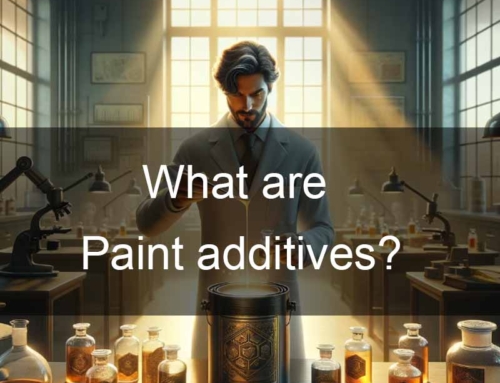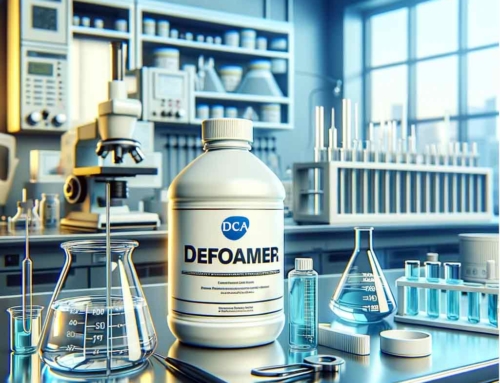01 Coating Systems
-
Coatings are divided into water-based, solvent-based, powder, and other systems. Wetting and dispersing agents used are typically not universal.
-
Key Point:
02 Pigments
- Differentiation: It’s important to distinguish between inorganic and organic pigments, and within organic pigments, between phthalocyanine series and carbon black.
- Practice: Large international companies have specific additives for certain pigments for optimal effects. Most additives are still general-purpose, requiring user experimentation to find the best fit.
You may interested the top 10 pigments suppliers in China
03 Base Material (Resin)
Consideration: Different resin systems have varying wetting properties for pigments, affecting the choice of wetting and dispersing agents.
You may interested Top 10 Resin Manufacturer in China
04 System Compatibility
- Complexity: A coating system often uses multiple additives, including wetting and dispersing agents, leveling agents, and defoamers.
- Importance: Compatibility is crucial. Strong emulsifying wetting agents can reduce the efficacy of defoamers. Attention to compatibility ensures formula balance and comprehensive product performance.
05 Workability
Application: For thick-paste type vertical surface coatings, prefer additives that control flocculation and have thixotropic properties for better workability.
06 Good Price-Performance Ratio
- Economic Aspect: Using high-priced additives in low-priced products is not cost-effective.
- Guideline: The choice of wetting and dispersing agents should match the product’s grade to maintain a balance between price and performance.







